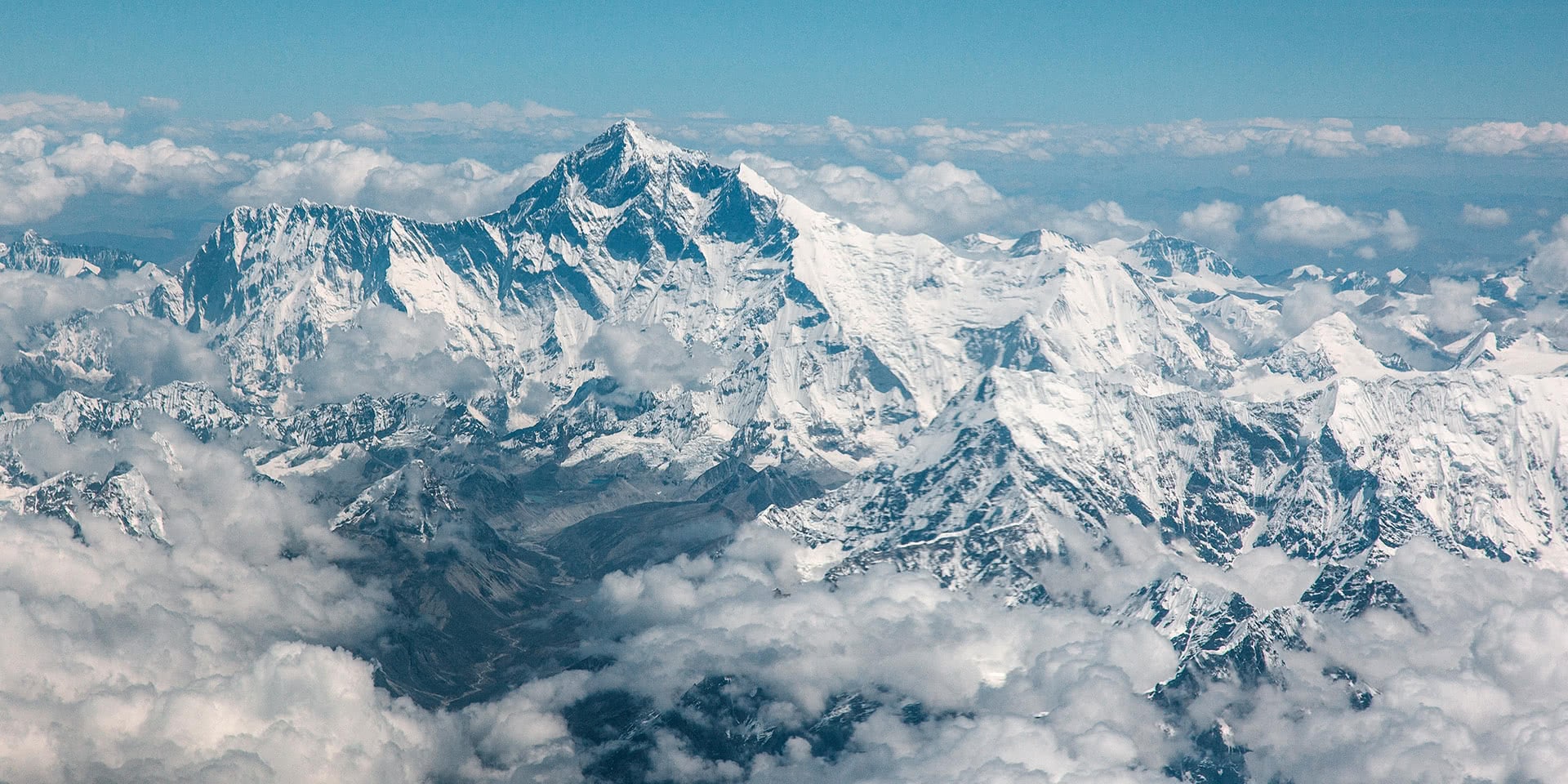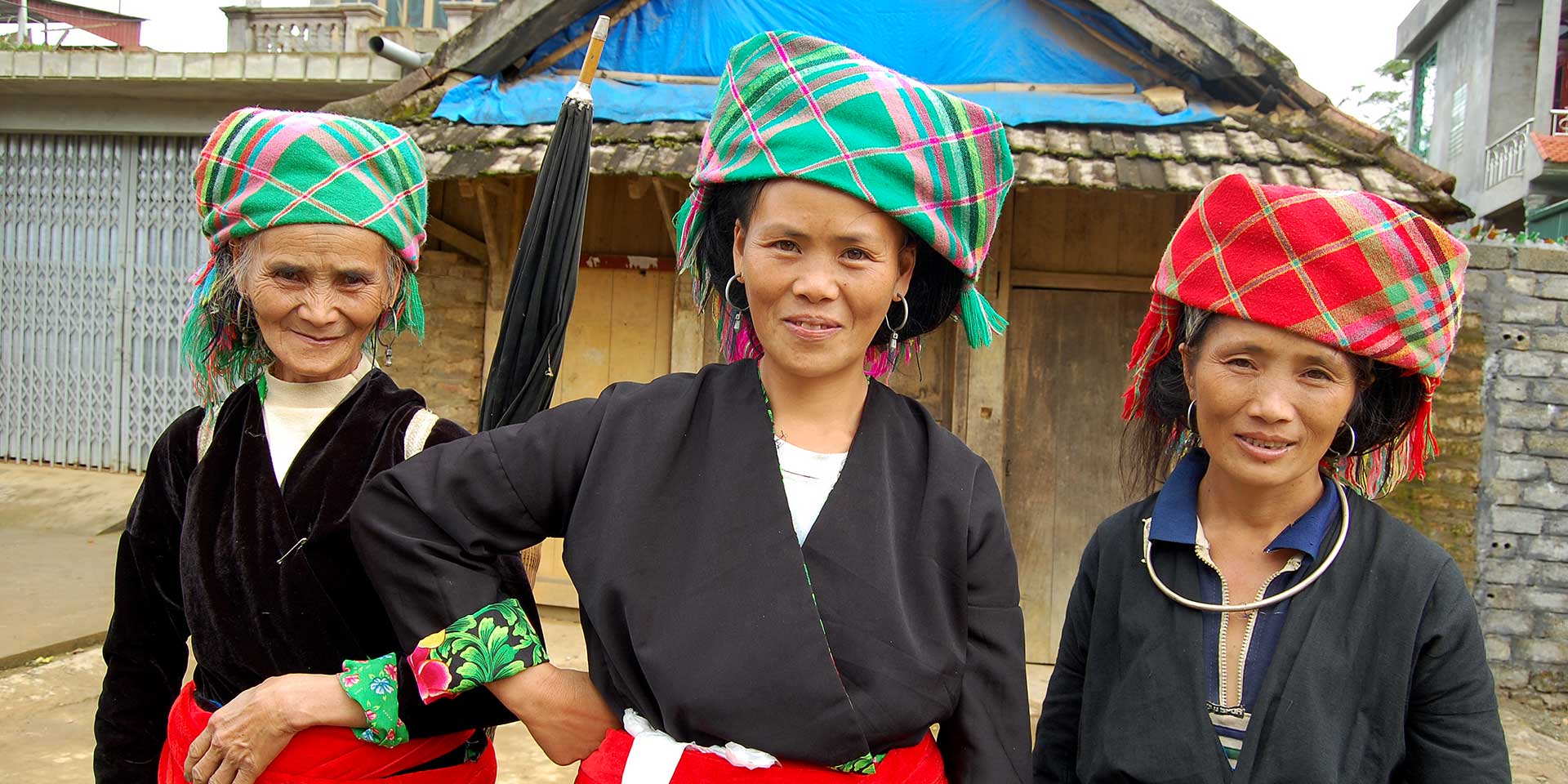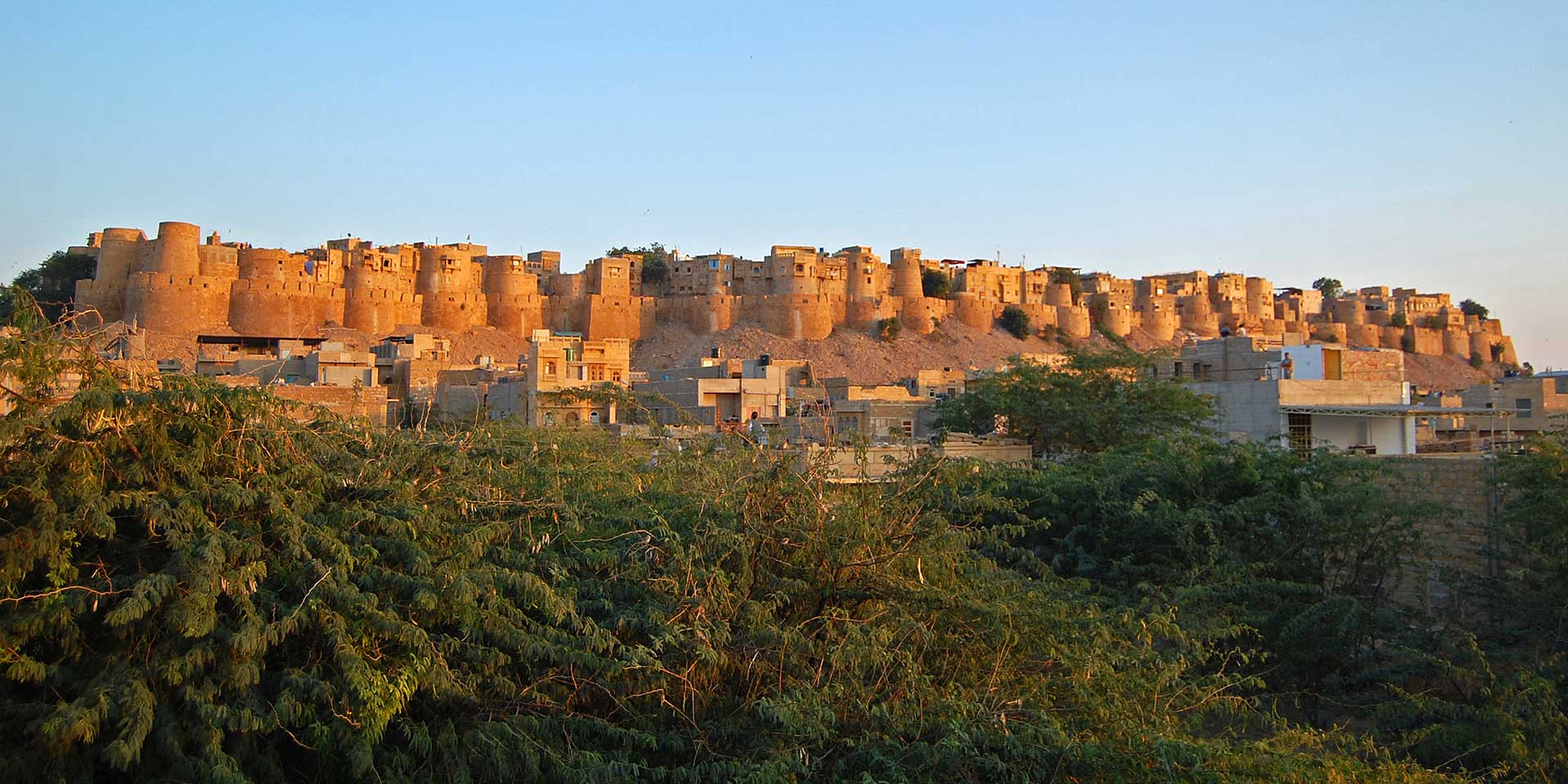
India is a world unto itself: there are beaches, jungles and deserts, ancient secrets, a long and storied colonial history, camels, elephants and snake charmers. This is one of the most ancient civilizations on Earth, with over 5,000 years of history. And this is a part of it – Jaisalmer — in the Rajasthan region of the country.
The Thar Desert is a barren and desolate sort of place – not a very friendly environment in which to live. When I was there, I stayed at The Serai, a luxury tented camp. The 18th-largest desert on Earth, the Thar Desert forms a rampart between India and Pakistan. When British India was divided into Pakistan, India, Bangladesh, and Myanmar/Burma this desert was surely factored into the equation. It is 77,000-square-miles in total and extends into Pakistan, as well as other provinces in India. There are 11 national parks within the desert, the Nara Desert Wildlife Sanctuary perhaps being the most prominent.
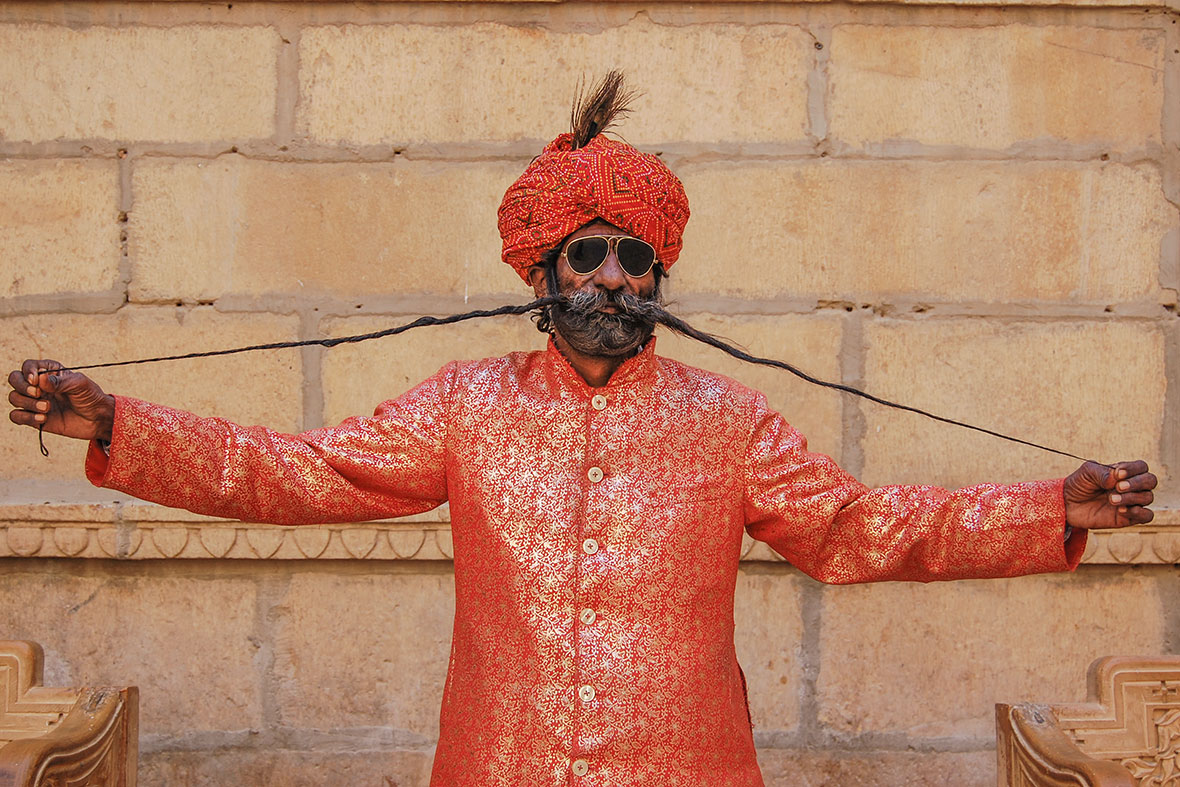
The sand dunes in the Thar can be as high as 500 feet, or more than the length of two American football fields. Some say the desert was formed 10,000 years ago; Other theories state that sometime around 2000 B.C., the Ghaggar-Hakra river simply dried up and that’s how the Thar emerged. It is possible: rivers can and do dry up. One must not forget that 600 million people depend on the Himalayas for water in this region of the world. But who knows what really happened? What we do know is that the Gazelle and antelope manage to survive here, as do over 140 species of migratory birds. And there is plenty of room for all of them, as this is the largest state in all of India.
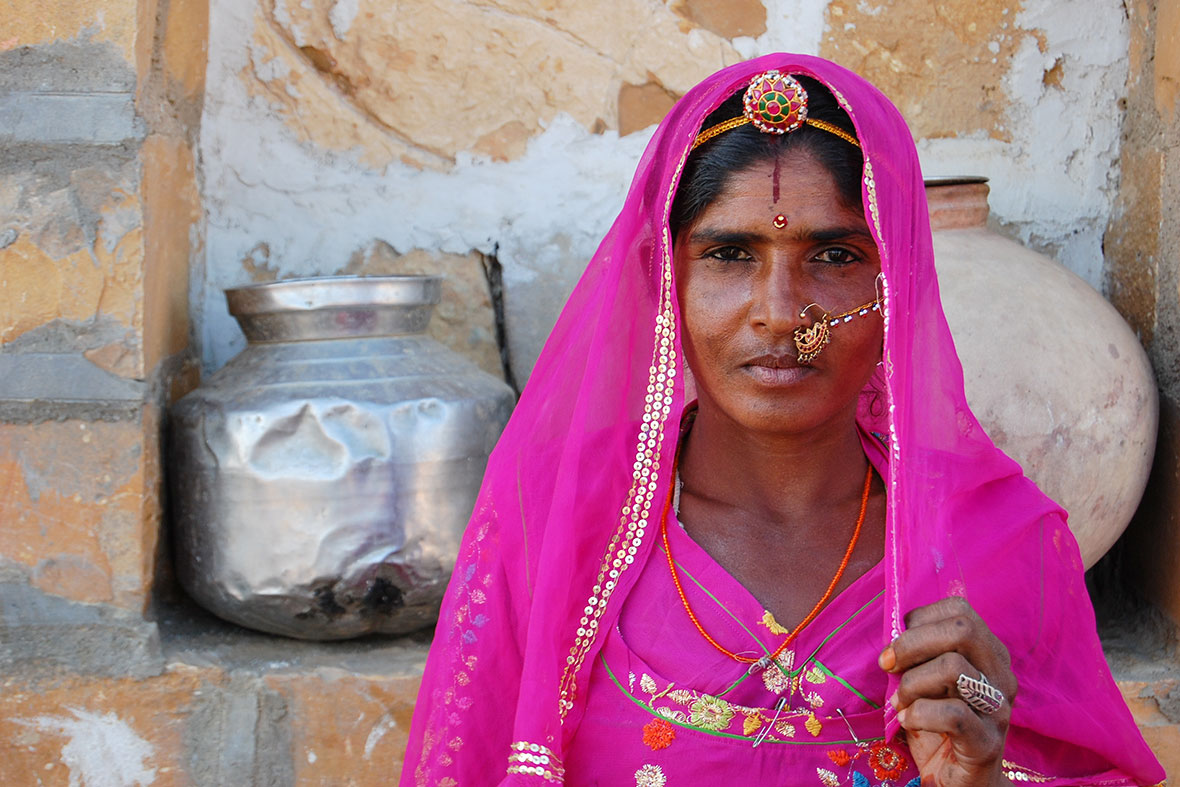
How remote is this land? It was in the Rajasthan Desert that Indian scientists, working in unpretentious structures, detonated India’s first atomic bomb in 1974, an event that shook and shocked the world. Yet Jaisalmer is also home to some of the oldest libraries in India, and within those libraries are ancient texts documenting what appears to be some kind of cataclysm that happened in the pre-history of mankind. In many ways, the explosion of the A-bomb is history coming full circle. And that is another point: the Thar and its surrounding region, according to the most popular Indian epochal stories, was called the great “salt ocean” or Lavanasagara. Jain cosmology describes this place as the center of the universe where humans reside, – so splitting the atom here might be considered universally significant.
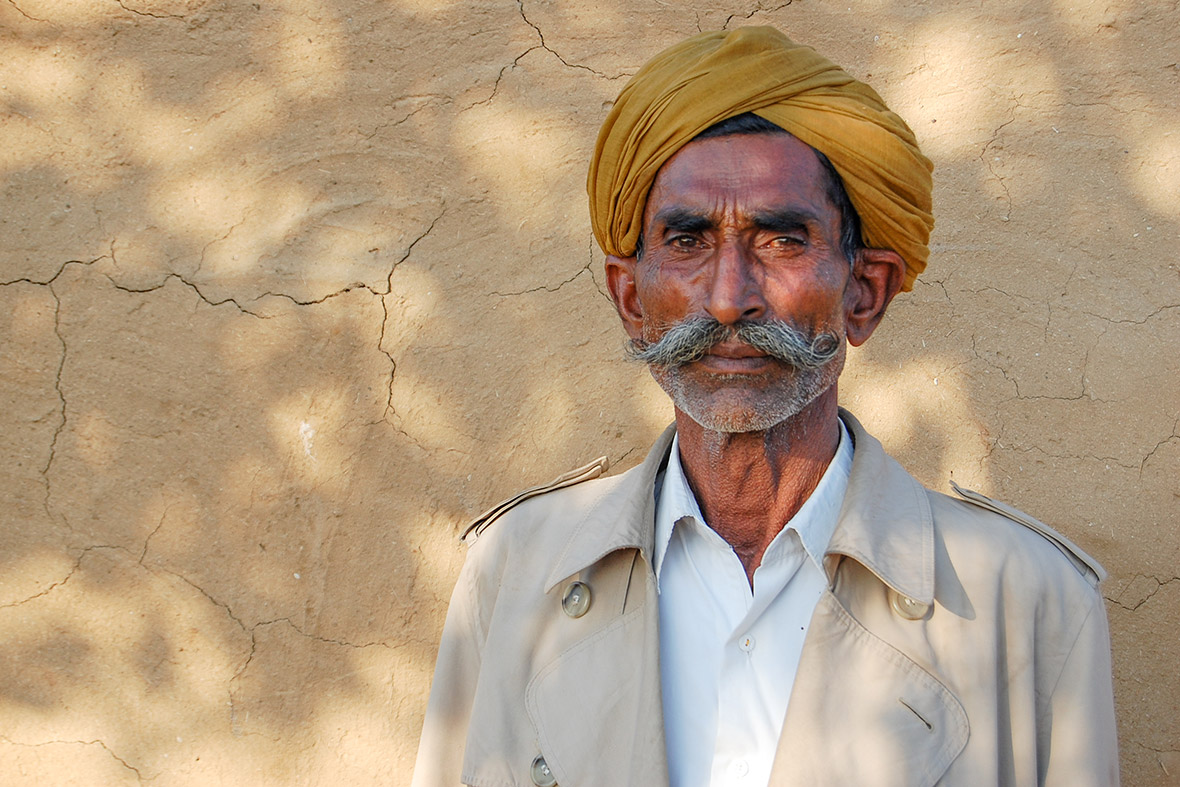
Rajasthan and the Thar is attempting to find its place in India today, as it has in literature and perhaps the Hindu cosmos. These days, Hindus, Muslims and Sikhs all live here, and its unique remoteness draws some tourists, myself included. This place is the stuff of dreams, tales of Arabian Nights, Hansel and Gretel, of forts and soldiers on horseback; a place where the stars gleam at night and seem so close it’s as though you could just pluck a few out of the sky and put them in a jar.
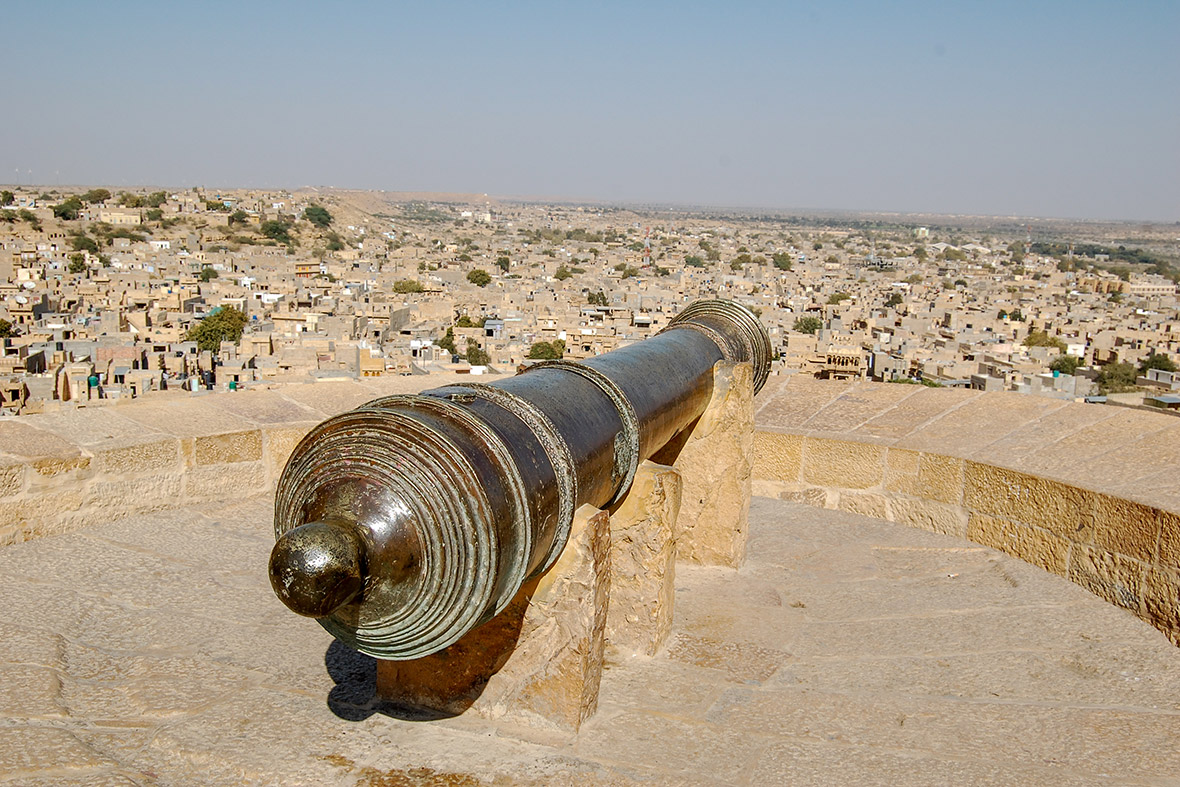
Jaisalmer itself is a far-flung desert outpost often called the “Golden City” due to the glow of its buildings made of local sandstone. Founded by Rawal Jaisalin 1156 AD, Jaisalmer’s remote location kept it almost untouched by outside influences, even during the days of the Raj: Jaisalmer was the last to sign the Instrument of Agreement with the British, holding off until 1818. India was conquered, however, not by the British Army but by the British East India Company: an efficient group of administrators, mercenaries and traders.
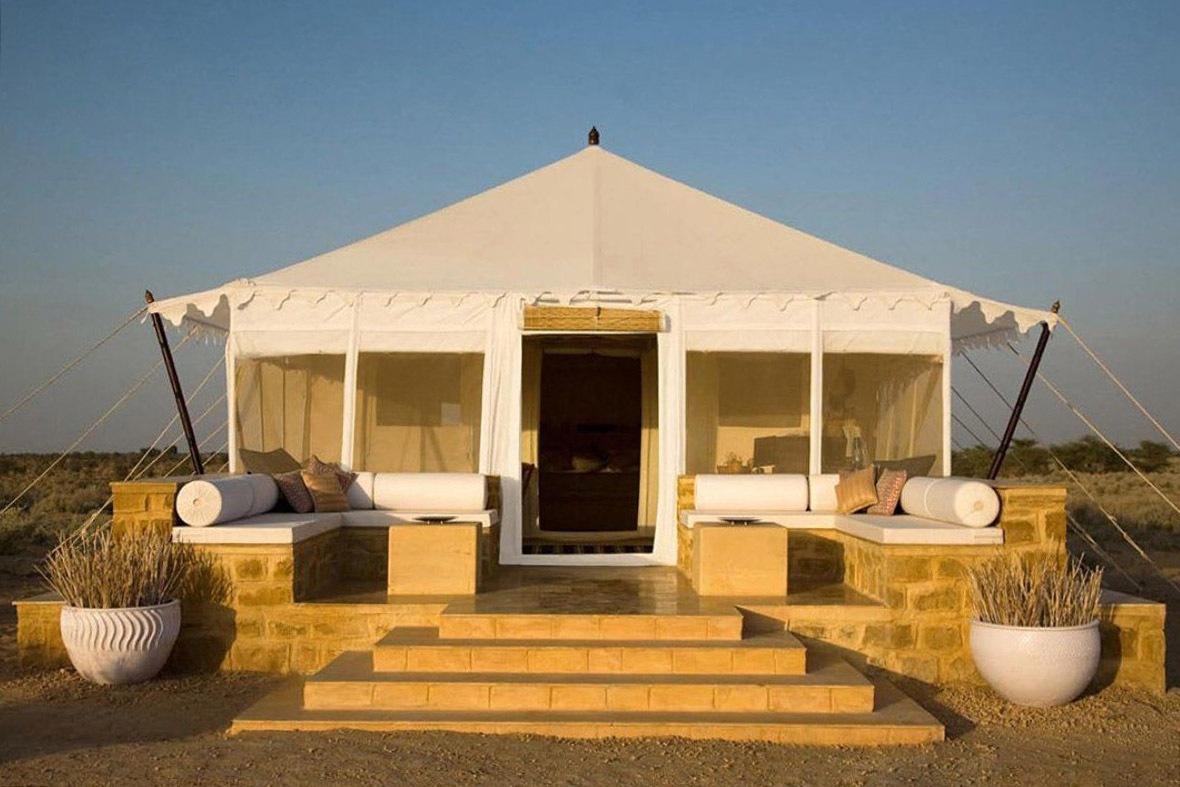
As for luxury desert camping, The Serai is a very nice property, but the area itself is smack dab in the middle of nowhere. In many ways, though, the location does have its advantages: . for example, in the midst of the Islamic invasion of India, Jaisalmer was not conquered because of its unique desert geography. And unique it is: this is the most heavily-inhabited desert on the world, where people depend on animal husbandry as well as agriculture , despite the fact that 1/3 of the crops fail (in the intense heat, it is a miracle that 66 percent come to fruition). Through the Arid Forest Research Institute, the people of this region learn how to enhance AgroForestry, growing plum-like fruits from various trees (the Ber tree is most prominent), how to organize construction materials and how to stretch the use of wood.
This region is quite poor, and as such, fuel comes in the form of wood and not petrochemicals, oil or natural gas. Camel treks through here are the major form of income – ecotourism – but despite the lovely ecosystem, it is actually quite fragile. However, there is more here than meets the eye. There is quarrying and mining to be found in this region – in fact, the white marble used to build the Taj Majal came from Makrana (another claim to fame for Rajasthan). Granite and sandstone are also found in abundance, and petroleum has been discovered here in significant deposits, so who knows what the future may hold energy-wise? The most promising oil deposit was found in Tawariwal, a district of Jaisalmer.
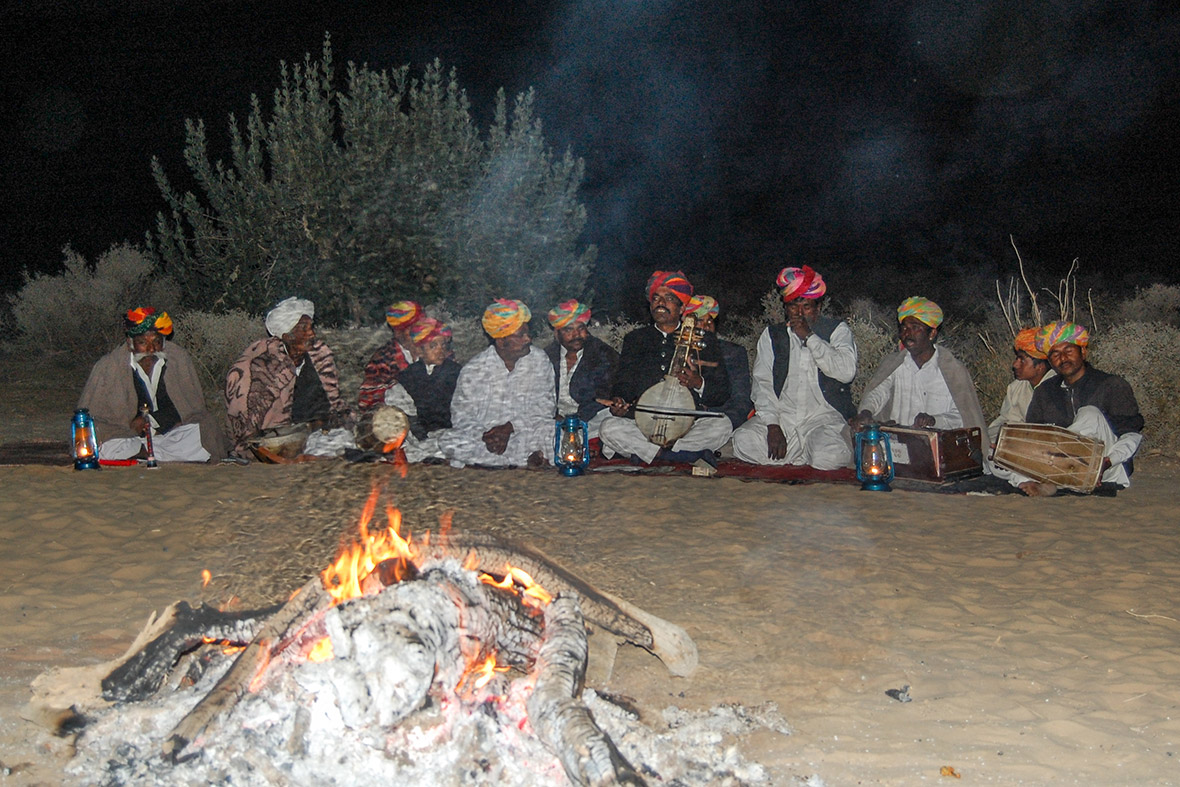
On the first day of my excursion into the desert, I drove five hours to get from Jodhpur to the Serai (approximately 168 miles)) ran into the Queen of Bhutan (the Queen Mother), who happened to be staying at The Serai at the same time as me. She was very friendly and we were invited to sit with her and her entourage around a campfire in the desert for drinks. We had some drinks with her and her entourage around the fire whilst musicians —from Mangiars and Langas — Muslim communities around Jaisalmer and Barmer – played some traditional tunes.
The visit to the fort was not an overall highlight for me – other forts such as Mehrangarh Fort in Jodhpur are much nicer in my opinion. It is known as a “living fort,” and “living” in India means busy and often dirty. In 2001 a census was taken which claimed 58,000 people lived in Jaisalmer – approximately 1/4 of them call the fort “home.”
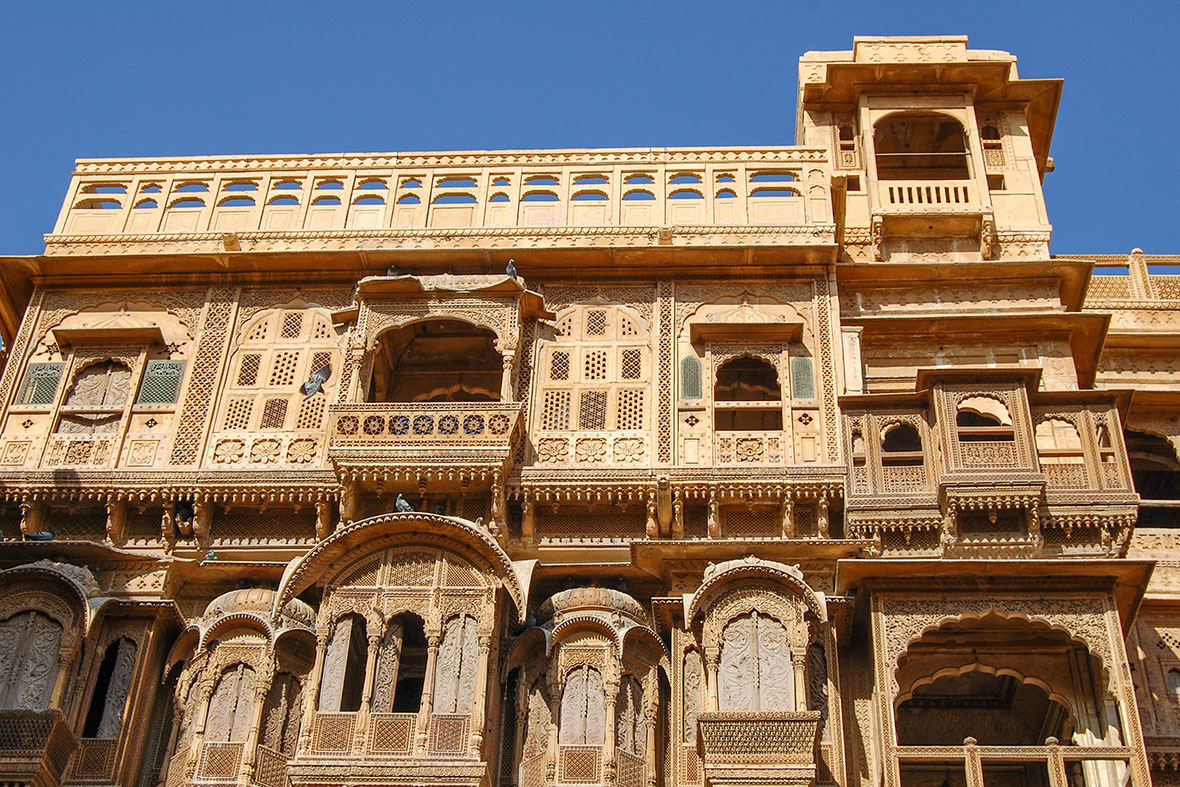
However, there were some highlights inside the fort, such as the the lavish Havelis, with their intricately-carved exteriors, meeting a guy who claimed to have the longest beard in the world (and the fewest razors), and seeing some Jain temples. The fort has narrow, winding streets, places to get your hair done, markets and various places to eat: it’s a city inside of a fort. As one might imagine, the structural integrity of the fort is being degraded by overcrowding — in Medieval times, there were forts and castles and moats, but the peasants usually lived outside of the castle, at least in Europe.
Despite its failing infrastructure, people have fought tooth and nail over this fort. In the past, the aggressive Rajputs poured boiling water on those inside the fort in effort to take it over; when that failed they used boiling oil. When that failed, they just went home.
Another highlight of every visit to Jaisalmer is the beautiful sunsets set against the old city and the desert. As Lawrence of Arabia remarked, ‘I like the desert … it’s clean …” You are a long way from what’s floating around the Ganges when you’re here. It’s dry of course, as deserts are, and hot in the summertime.

Yet despite the natural beauty, the ultimate highlight for me was visiting some small Rajput villages in the Thar Desert. The people were really friendly and I got some great photos as this was classic Rajasthan, off the tourist trail. This is the real India – the day–to-day India that few people get to experience.
Bazaars and all things bizarre can be found – perhaps even including taking the risk of actually drinking opium. I took part in an opium ceremony in a Rajput village. Here, the men gather three or four times per day to drink opium together. The men who have gathered in their colorful turbans are not engaging in any ordinary tea ceremony — to be frank, they are addicted to opium. Yet drinking opium is not the same as smoking it. There is a certain energy and euphoria which comes forth. Like most of the men, I drank the opium from the hands of a village elder, rather than using a cup. If I was there again I suppose I’d do it again – it is basically what all the men do. It is their social drink, if you will.
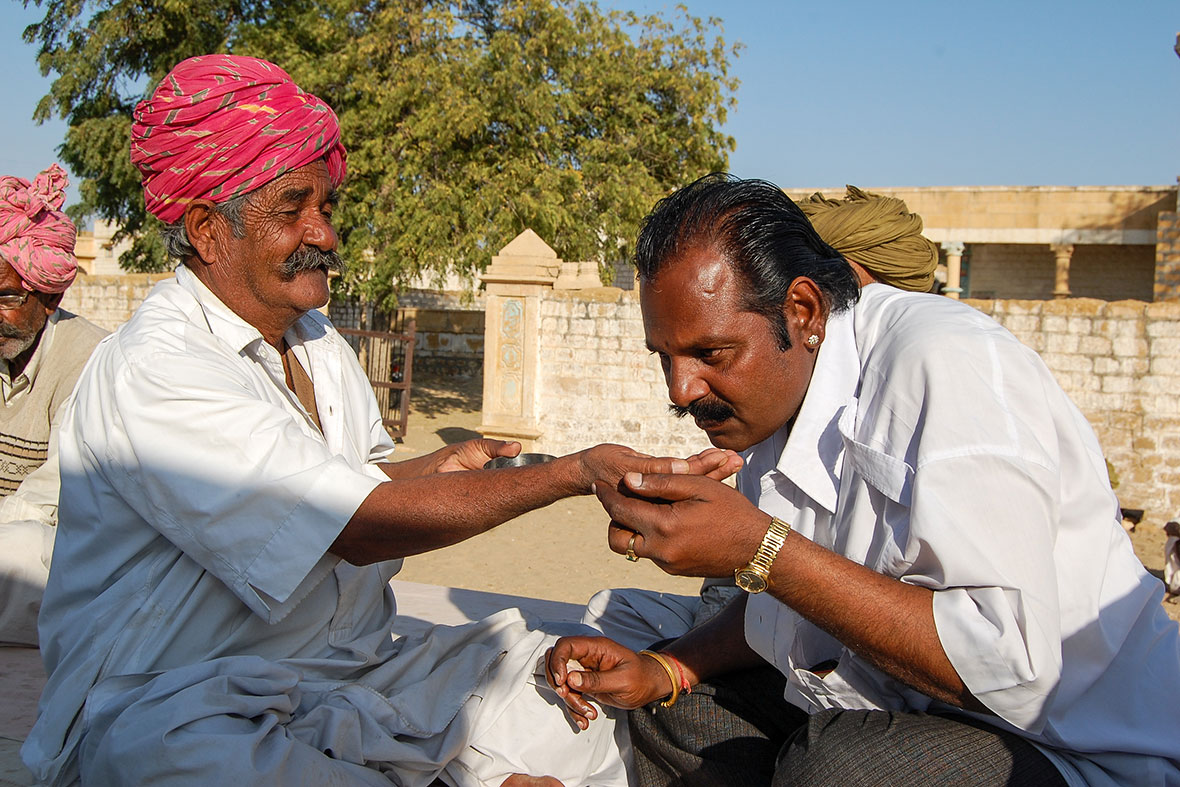
The desert festival in Rajasthan is also something to behold: it features dances, tales of romance and valor, people dressing up like camels and the like. There are puppets and puppeteers, snake charmers and all manner of conjurers. And all of these incredible experiences put together are makes India so special. India is itself a potent drink not unlike opium – and the side effects of visiting this magical place are far stronger and more durable.


